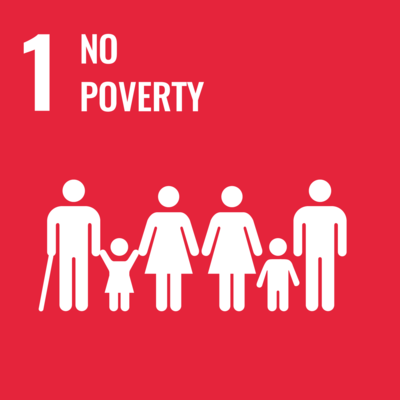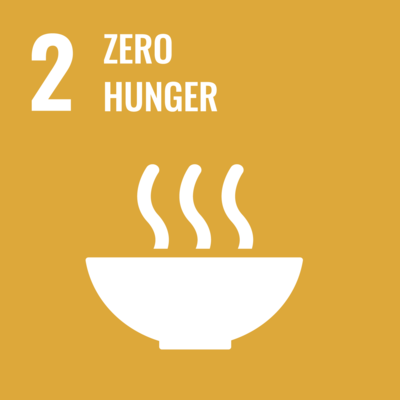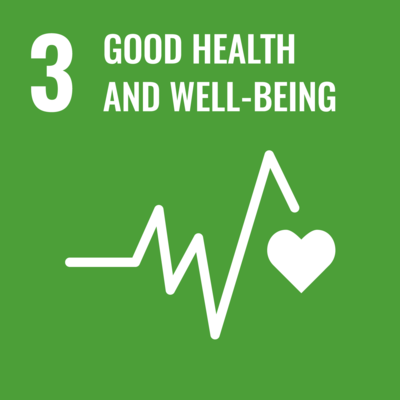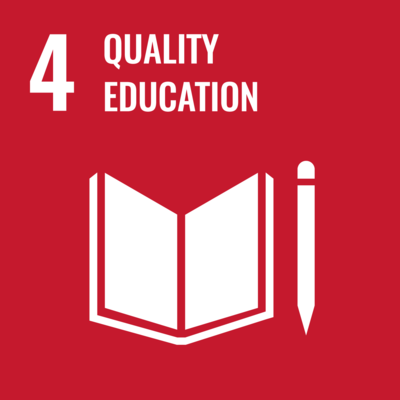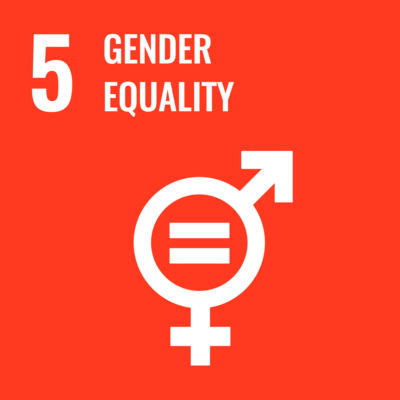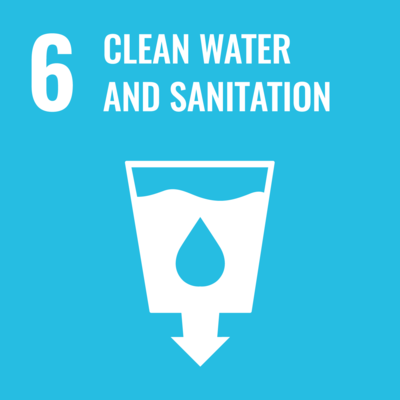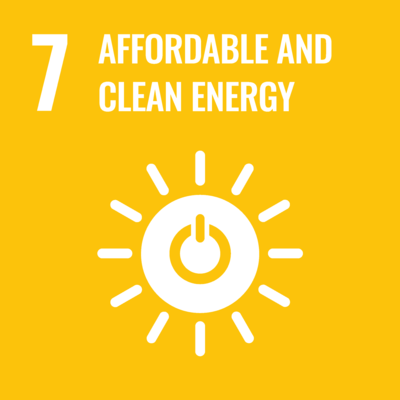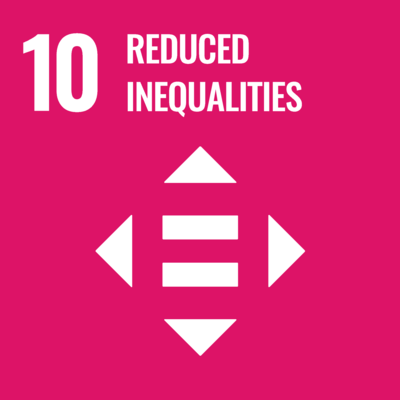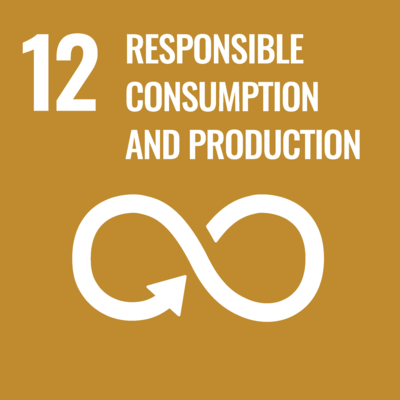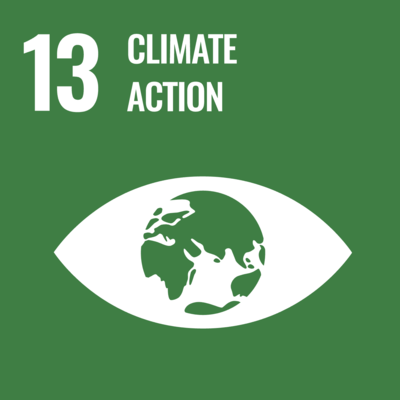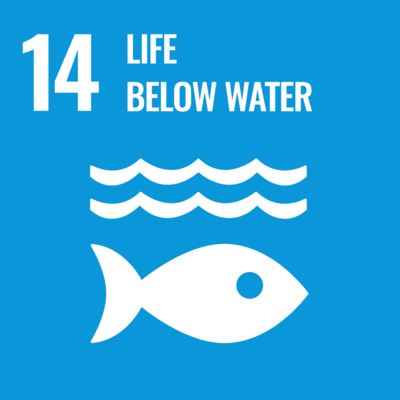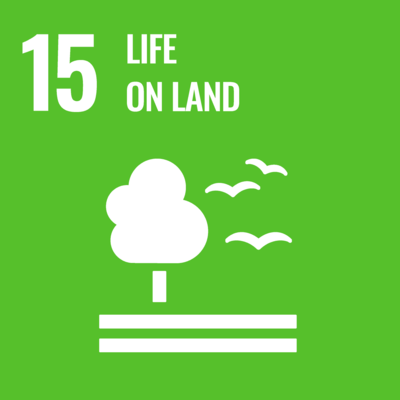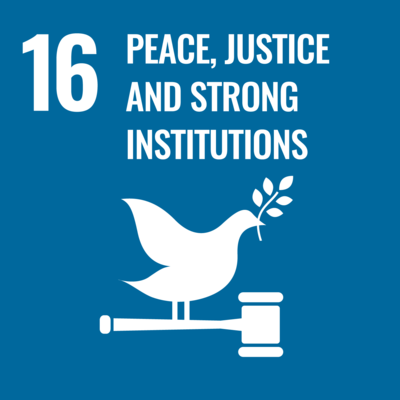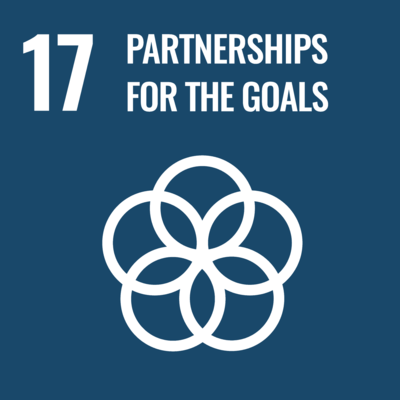SDG 17.4.4 Sustainability Literacy
Regarding the methods NCUE employs to assess students' ability to learn and master key sustainability concepts, we have analyzed 206 courses offered in the 2023 academic year that are closely related to various SDGs (Appendix 17.4.4A). This analysis examines these courses' relevance to SDGs literacy, assessment methods, and learning outcomes, as detailed below.
1. Basic Course Information: A total of 206 courses with 6,253 enrolled students. The correlation between course content and SDGs literacy competencies is shown in Table 1.
Table 1: Statistical Table of Course Relevance to SDGs Literacy Competencies
|
Number |
SDG Literacy Competency |
Number of Courses |
Percentage |
|
1 |
No Poverty |
51 |
25% |
|
2 |
Zero Hunger |
32 |
16% |
|
3 |
Good Health and Well-being |
100 |
49% |
|
4 |
Quality Education |
152 |
74% |
|
5 |
Gender Equality |
125 |
61% |
|
6 |
Clean Water and Sanitation |
45 |
22% |
|
7 |
Affordable and Clean Energy |
65 |
32% |
|
8 |
Decent Work and Economic Growth |
116 |
56% |
|
9 |
Industry, Innovation and Infrastructure |
75 |
36% |
|
10 |
Reduced Inequalities |
120 |
58% |
|
11 |
Sustainable Cities and Communities |
104 |
50% |
|
12 |
Responsible Consumption and Production |
86 |
42% |
|
13 |
Climate Action |
81 |
39% |
|
14 |
Life Below Water |
56 |
27% |
|
15 |
Life on Land |
54 |
26% |
|
16 |
Peace, Justice and Strong Institutions |
103 |
50% |
|
17 |
Partnerships for the Goals |
99 |
48% |
|
Average number of SDG literacy components per course |
7.11 |
||
2. Diverse Assessment Methods: Within a single course, our faculty can implement multiple assessment methods throughout the semester to comprehensively evaluate students' acquired literacy competencies. All 206 courses selected for this analysis employ 2 to 4 different assessment methods to holistically evaluate students' competency acquisition in that course. The statistical breakdown of various assessment methods utilized is shown in Table 2.
Table 2: Statistical Table of Course Assessment Methods
|
Assessment Method |
Percentage |
|
Pre-class Assignments |
3% |
|
In-class Quizzes |
11% |
|
Midterm Examination |
41% |
|
Final Examination |
42% |
|
Class Participation |
77% |
|
Written Reports |
47% |
|
Practical Exercises |
29% |
|
Thematic Presentations |
35% |
|
Student Performance/Creative Reports |
5% |
|
Case Analysis Reports |
9% |
3. Learning Outcomes (Details in Tables 3 and 4)
(1) Overall Evaluation of Professors: Based on the students' final grades at the end of the semester, more than 90% of the 6,253 students enrolled in these courses received scores higher than 80, with an overall average score of 87.77 (out of a total of 100 points).
(2) Students’ Self-Evaluation: Through the teaching feedback questionnaire, students conducted a self-assessment. The statistical results show that the scores for the items “This course contributed to the enhancement of knowledge or professional skills” and “Overall, I greatly benefited from taking this course” were both rated at 4.6 (out of 5). This indicates that most students believe they have gained relevant competencies and knowledge from taking these courses.
Table 3: Distribution of Teacher Assessment Score Ranges
|
Overall Average Score Range |
Number of Courses |
Percentage |
|
0~70 |
0 |
0% |
|
71~80 |
16 |
8% |
|
81~90 |
112 |
54% |
|
91~100 |
78 |
38% |
Table 4: Overall Learning Outcome Table
|
Course Evaluation Results |
|
|
Number of Evaluations |
206 |
|
Number of Students |
6,253 |
|
Average Final Score |
87.77 |
|
Average Student Self-Assessment Score: "This course has contributed to the enhancement of my knowledge or professional skills" |
4.6 |
|
Average Student Self-Assessment Score: "Overall, I have benefited greatly from taking this course" |
4.6 |

